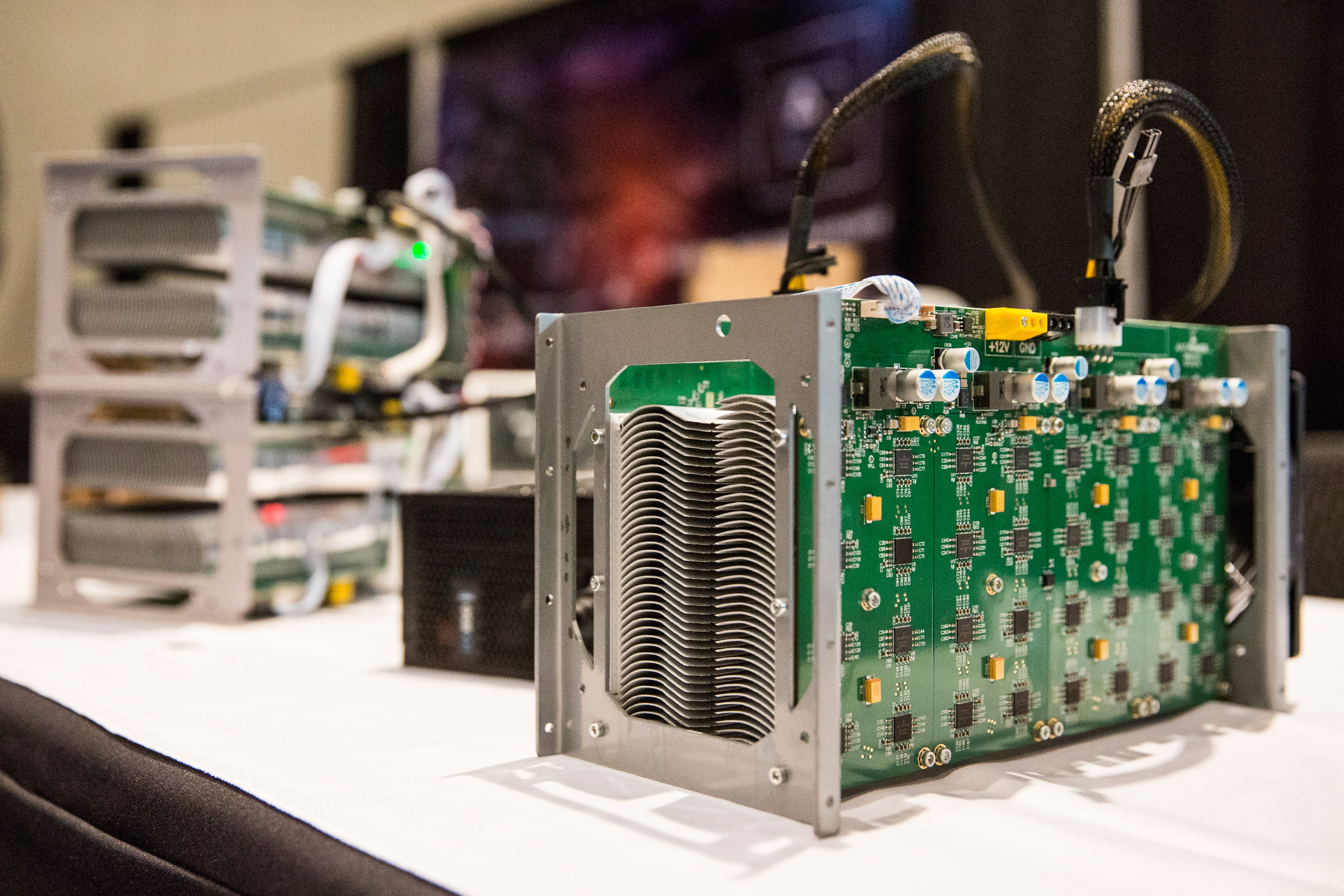In cryptocurrency circles, calling something “centralized” is an insult. The epithet stems from Bitcoin creator Satoshi Nakamoto’s revelation: a monetary system doesn’t need a central authority, like a government, to work. That’s such a potent idea that it’s morphed into a battle among crypto-enthusiasts between good—that is, “decentralized”— currencies and evil ones, or anything with a whiff of “centralization,” that are assumed to threaten the utopian view of cryptocurrencies as the vehicle for a new financial world order.
Do these arguments hold any water? Emin Gün Sirer, a cryptocurrency expert at Cornell University, says in many cases the jury’s still out—mainly because no one’s bothered to take a hard look at how decentralized these networks actually are.
This piece first appeared in our new twice-weekly newsletter, Chain Letter, which covers the world of blockchain and cryptocurrencies. Sign up here – it’s free!
“We don’t have any real metrics yet.” he says. His group aims to help change that with newly published results from a two-year-long study focused on Bitcoin and Ethereum, the world’s most popular cryptocurrency networks.
Perhaps the most striking finding is that the process of verifying transactions and securing a blockchain ledger against attack, called mining, is not actually that decentralized in either system. Bitcoin and Ethereum are open blockchain systems, meaning that in principle anyone can be a miner (see “What Bitcoin Is, and Why It Matters”). But organizations have formed to pool mining resources. The researchers found that the top four Bitcoin-mining operations had more than 53 percent of the system’s average mining capacity, measured on a weekly basis. Mining for Ethereum was even more consolidated: three miners accounted for 61 percent of the system’s average weekly capacity.
They also found that 56 percent of Bitcoin’s “nodes,” the computers around the world running its software (not all of them engage in mining), are located in data centers, versus 28 percent for Ethereum. That might indicate that Bitcoin is more corporatized, Sirer says. Overall, the group concluded that neither network “has strictly better properties than the other.”
Numbers like these may help clarify some debates. But the overall discussion of what “decentralization” means is much broader and more complicated. Hundreds of cryptocurrencies now exist, and many of them work differently from Bitcoin and Ethereum. Not all of them rely on miners or even use a blockchain.
There’s no perfect way to measure the decentralization of a cryptocurrency network, which is a complicated social as well as technical phenomenon. The way coins are distributed in a network can matter hugely, for example. In the case of Ripple, a privately owned company oversees the distribution of coins and still holds more than half of all in existence.
Discussions of decentralization may seem esoteric, but anyone interested in the future of cryptocurrency should try to follow along. Part of the vision sold by the technology’s biggest promoters is that it can help solve problems of financial inequality created in part by traditional, centralized institutions. If digital currency allows wealth and power to pool in the hands of a few, that’s not so revolutionary.
Keep Reading
Most Popular
Large language models can do jaw-dropping things. But nobody knows exactly why.
And that's a problem. Figuring it out is one of the biggest scientific puzzles of our time and a crucial step towards controlling more powerful future models.
The problem with plug-in hybrids? Their drivers.
Plug-in hybrids are often sold as a transition to EVs, but new data from Europe shows we’re still underestimating the emissions they produce.
Google DeepMind’s new generative model makes Super Mario–like games from scratch
Genie learns how to control games by watching hours and hours of video. It could help train next-gen robots too.
How scientists traced a mysterious covid case back to six toilets
When wastewater surveillance turns into a hunt for a single infected individual, the ethics get tricky.
Stay connected
Get the latest updates from
MIT Technology Review
Discover special offers, top stories, upcoming events, and more.
